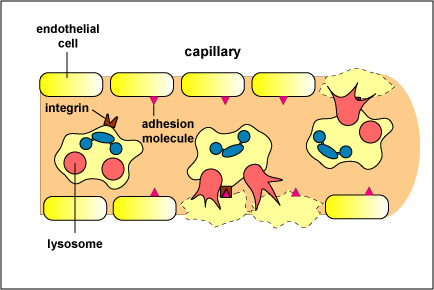Fig. 4: Capillary Damage during Systemic Inflammatory Response Syndrome (SIRS)


Illustration ofCapillary Damage during
Systemic Inflammatory Response Syndrome (SIRS) .jpg by Gary E. Kaiser, Ph.D.
Professor of Microbiology,
The Community College of Baltimore County, Catonsville Campus
This work is licensed under a Creative Commons Attribution 4.0 International License.
Based on a work at https://cwoer.ccbcmd.edu/science/microbiology/index_gos.html.
Last updated: August, 2019
Please send comments and inquiries to Dr.
Gary Kaiser